In the second half of 2018 so far, a raft of announcements has been made concerning planned floating PV (FPV) installations – a 47 MW project in Vietnam,
17 MW in the South of France, and as much as 300 MW being mulled over as part of a massive hybrid generation project in Ukraine.,
“We believe there will be continuous growth of about 500 MW per year, looking at tenders and projects being developed in various parts of the world,” says Thomas Reindl, Deputy CEO at the Solar Energy Research Institute of Singapore (SERIS). “This number, however, also depends on the future of the feed-in tariff regime in China, both at the national and provincial levels. Large plans have been announced in the past, but were affected by the 31/5 announcement earlier this year.”
India also announced strong support for floating solar at the end of 2017, with plans to tender as much as 10 GW of capacity from 2018 to 2021, and big demand coming from water utilities interested in the added benefit that floating solar installations are supposed to reduce evaporation and limit the growth of algae. Other countries, particularly in Asia, have also begun to put in place policy frameworks for growth in floating solar. “Even when not considering China for a moment, it seems that Asia will remain the fastest and largest growth region,” adds Reindl. “There are projects being planned or announced across the entire region, with some jurisdictions even promoting floating solar with preferential feed-in tariffs.”
Policy, it seems, will be a key decider for future growth in floating solar elsewhere. Though it may lack the volume and global influence of China’s PV market, the Netherlands provides an excellent example: On the surface, the country is a perfect fit for floating PV – it has shown a strong commitment to solar in recent years, has limited land availability, and has a long history as a world leader in engineering and water management. But floating solar installations are yet to appear here, possibly thanks to the lack of a framework for their development.
“The Netherlands has a lot of agricultural land, which cannot be sacrificed for ground-mounted PV, and plenty of water,” says Kostas Sinapis, Research Project Leader at the Solar Energy Application Center (SEAC) in Eindhoven. “Currently in the Netherlands, there is no incentive for floating solar at all, and there are no regulations for building such systems.”
“Of course, to make a policy takes some time, and they are moving in the right direction,” continues Sinapis. “Policymakers want to know if anything could leak into the supply of drinking water, or [cause] other effects on the body of water. They are starting to break all of this down; and given the high level of interest we observe in this area, we anticipate 2 GW of floating solar in the Netherlands by 2023.”
Testing the waters
Both SERIS and SEAC have testing projects underway for floating solar, to determine the challenges that still lie in the way of the technology’s further growth. SERIS has operated its 1 MW floating solar test bed, consisting of 10 different installation types, on the Tengeh Reservoir in Singapore for the past two years. “We measure around 500 parameters in real time, ranging from system performance and electrical safety to mechanical stability of floats and mooring/anchoring systems,” Reindl tells pv magazine. “We have also gained a great wealth of information about the O&M aspects of FPV installations.”
In the Netherlands, SEAC leads a national consortium of more than 40 companies under the name ‘Zon Op Water,’ which is working to demonstrate the feasibility of floating solar installations on rougher waters. Since 2017, the consortium has been testing various iterations of floating systems on De Slufter, a body of water close to the North Sea at the Port of Rotterdam. “Our pilot is located in a very demanding environment – it’s basically a dredging depot. The port gets cleaned from time to time, and all of this is thrown into the lake where we have our pilot installation. The water is brackish – half salt, half fresh, with a lot of contaminants,” explains Sinapis. “It’s also located very close to the North Sea and the open waters. There is a lot of wind, and a lot of waves.”
Both of the pilot installations feature reference systems operating nearby on land, with modules taken from the same batch, to allow for direct comparison between the floating modules and those installed on land. SERIS reports that it has seen good results with the floating systems: “We can confirm a specific energy yield gain over typical rooftop installations in Singapore of more than 10%,” says Reindl. “This, however, is dependent on the float type: Those with larger openings to the water body benefit from a better cooling effect.”
Built to last
Both test installations have drawn similar conclusions regarding the heavy requirements on durability for all components that go out on the water. “It’s an environment that can be highly corrosive, there is a lot of vibration with the waves, and the whole thing is moving with waves and the wind,” says Sinapis. “The type of conditions we see in our test array go well beyond the current IEC standards. We think there should be reevaluation of these standards, and some parts added for floating PV systems specifically.”
The highly humid environment close to the water’s surface also means that modules may be at increased risk of potential-induced degradation (PID), an area where more research is needed: “We don’t know what we will see in the future in terms of PID,” says Sinapis. “PID is a problem with long strings and high humidity in particular. Now we are in contact with TÜV Rheinland to try to establish a group to research this and determine if there is a need for an IEC standard here as well.”
Both researchers recommend the use of glass-glass modules in floating installations, thanks to their increased moisture resistance, though Reindl admits that the test bed in Singapore is too young for them to have observed any differences in performance between glass-glass and glass-backsheet modules.
With glass-glass, of course, comes the question of bifacial. And while these modules are often touted as performance boosters for floating PV, testing so far has revealed few advantages – since water has a low albedo, and the modules are typically installed at low angles. “We still have to evaluate our data, but we think that floating solar would not be the best use of bifacial panels,” says Sinapis. He notes that many of the mounting structures are completely closed at the bottom, and that the modules need to be as flat as possible, to prevent a ‘sail’ effect in high wind conditions. “Tilt angles have to be kept to a minimum, although tracking is possible, where there is an option to stow in a horizontal position during high winds,” he adds.
Even more important than the modules is the structure on which they are floating. The majority of projects installed so far have utilized the high-density polyethylene (PE) floats first developed by French company Ciel et Terre. At its testing site in Rotterdam, SEAC is working with several different types of structure, some of which it says could prove more durable in the long term. “What we see is that most are based on PE, but depending on the specific circumstances, this may not always be the best solution in terms of lifetime,” says Sinapis. “We are also testing steel systems, where you build up mounting structures from a steel pipe, and another which is based on a floating cement used in the marine industry – it is pretty solid and easy to walk on, and has a type of foam on the underside.”
Whole system approach
Results from SERIS note that inverters mounted on floats should have an ingress protection (IP) rating of at least 67 to deal with the moisture, but that if the distance is not too great these can be installed on land. And cabling is also an area where more research may be needed. “In the case of cabling, we are having a second look. We have observed that the cables in a few sections in our test bed lead to lower insulation resistances, which in turn cause the inverters to temporarily not connect the array for safety reasons, i.e. due to suspected leakage currents,” says Thomas Reindl. “This may be due to the high moisture content around the insulation of the cable. We are also involved in the IEC standards committee for PV systems (TC 82 WG 3) to utilize the findings from our test bed to develop system-level standards for FPV, to the benefit of the whole PV community.”
One thing that is clear from both testing facilities is that floating solar has a unique set of technical requirements at all levels of a system. As installations grow and projects such as these continue to produce results, better knowledge and more optimizations will emerge alongside increased production volumes to further bring down system costs.
“It is important to always keep in mind that from the moment you put the FPV system on water it will never stand still again – which needs to be reflected in the system design,” concludes Reindl. “The overall effectiveness of a floating PV investment depends on multiple factors – for example ease of installation, the performance ratio (PR), specific energy yield, and also the O&M cost. One has to find the right balance, but typically the market decides which will be the best solution.”
This content is protected by copyright and may not be reused. If you want to cooperate with us and would like to reuse some of our content, please contact: editors@pv-magazine.com.
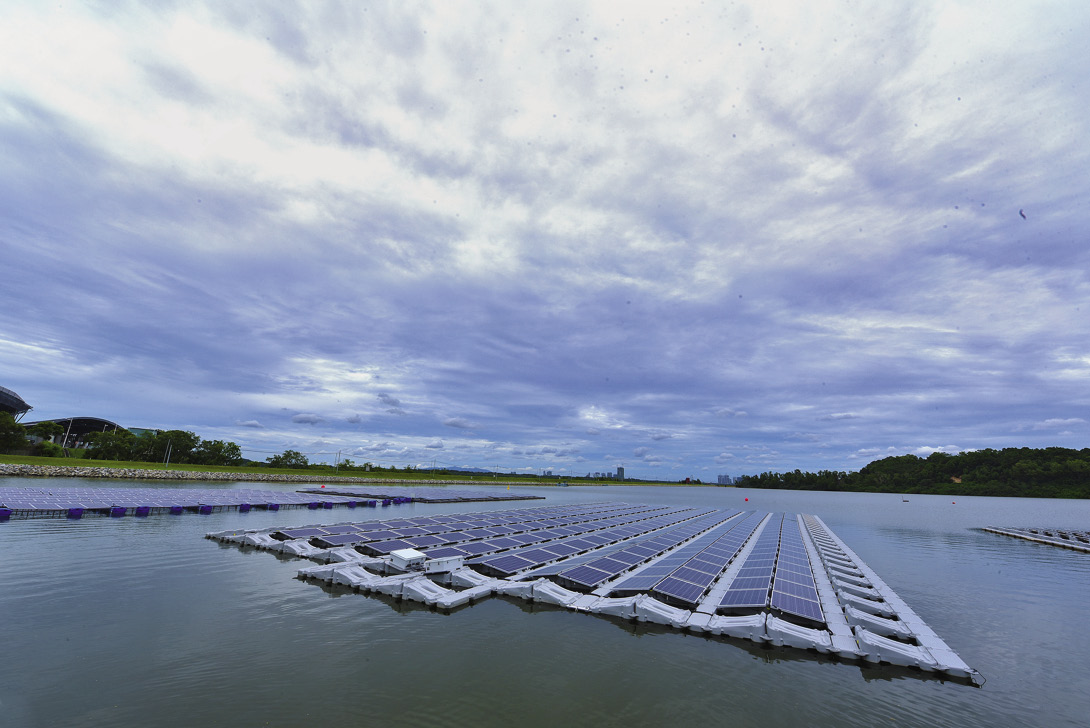
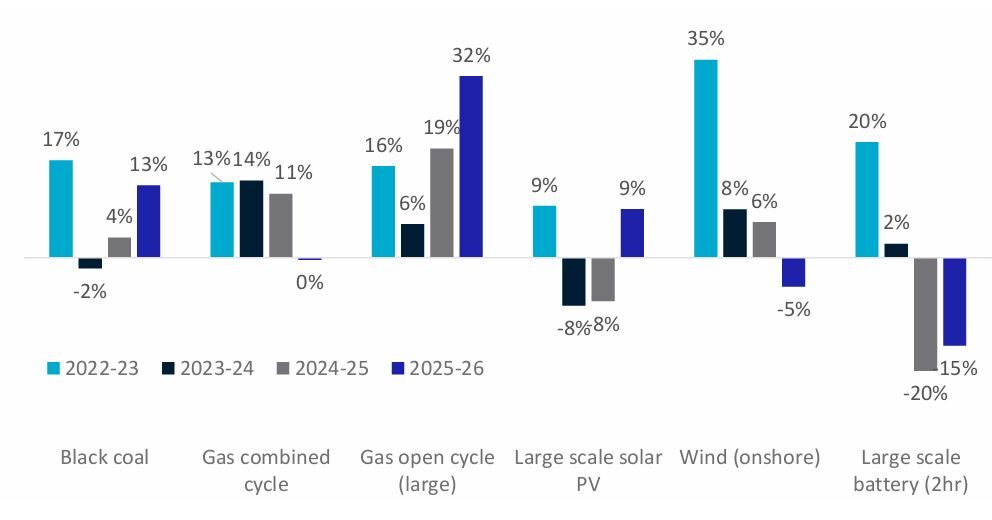



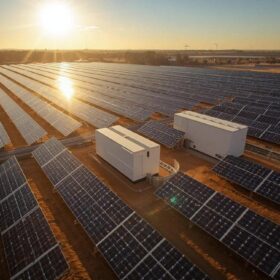
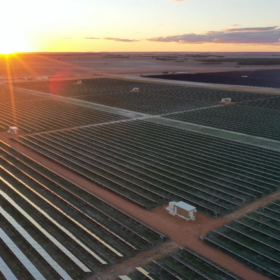
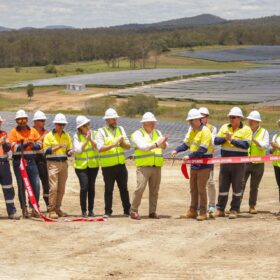

SEAC states they have a lot of Agricultural Land (18,000 km2.. about 50% of Netherlands) .. but do not want to use it for Solar Parks that consume valuable land (same applies to others too).
I would urge SEAC to look and then impement AgriVoltaics…. They EASILY MEET ALL THEIR ENERGY (100/50 TWhrs/yr… Primary/Useful Energy… not just Electricity… yes EV’s too…) AND AGRICULTURE NEEDS …SIMULATENEOUSLY AND ON THE SAME LAND (Actually <<10%)….